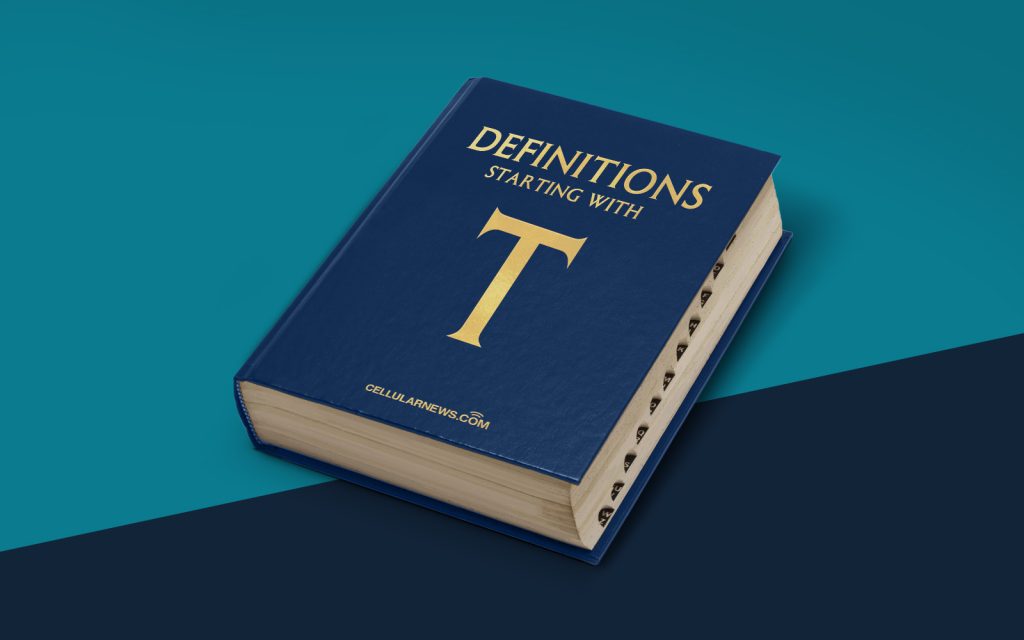
The Fascinating World of Turing Machines
Have you ever wondered what a Turing Machine is? Well, you’ve come to the right place! In this article, we will explore the concept of Turing Machines and unveil their significance in the field of computer science.
Key Takeaways:
- A Turing Machine is an abstract mathematical device invented by Alan Turing in 1936.
- It is a theoretical model used to study the limits of computation.
The Origins of the Turing Machine
In 1936, the brilliant mathematician and computer scientist Alan Turing introduced the concept of a Turing Machine. At the time, computers as we know them today did not exist. The first electronic computer, ENIAC, was still several years away from being constructed. However, Turing’s groundbreaking invention has laid the foundation for modern computing and is considered a fundamental concept in the field.
A Turing Machine is not a physical device like the computers we use day-to-day. Instead, it is an abstract machine that consists of an infinitely long tape divided into cells. Each cell can hold one symbol at a time, and the tape can move both left and right. The machine has a control unit that reads the symbols on the tape and determines its next course of action. It can read, write, or erase symbols, move the tape, and change its internal state.
The Power of the Turing Machine
The power of a Turing Machine lies in its ability to simulate any conceivable computation that a modern computer can perform. Although it may seem counterintuitive, this theoretical machine with its simple design and basic operations can solve complex problems. It has the ability to calculate, simulate, and determine if a given mathematical statement is true or false.
Turing Machines play a crucial role in the study of computability theory and computational complexity. They help computer scientists understand the limits of computation and what can and cannot be computed algorithmically. The concept of Turing Machines has also led to developments in the fields of artificial intelligence, cryptography, and complexity theory.
Applications and Impact
While Turing Machines are predominantly a theoretical concept, their impact on the world of computing cannot be overstated. Their influence can be seen in various aspects of our daily lives:
- Programming languages and compilers: Turing Machines have inspired the design and implementation of modern programming languages and compilers, enabling developers to write efficient and reliable software.
- Algorithms and problem-solving: Many algorithms and problem-solving techniques are based on the principles and concepts established by Turing Machines. These techniques play a vital role in various domains, such as data analysis, optimization, and artificial intelligence.
Alan Turing’s invention of the Turing Machine has revolutionized the way we understand computation. Its significance in the field of computer science cannot be overlooked. So, the next time you hear the term “Turing Machine,” you’ll know that it represents the foundation of modern computing and the limitless possibilities that lie within.
